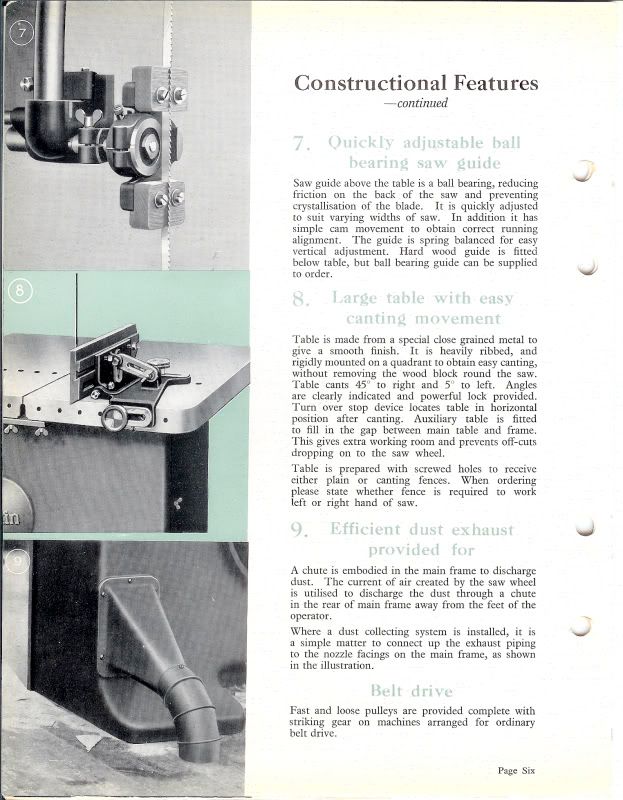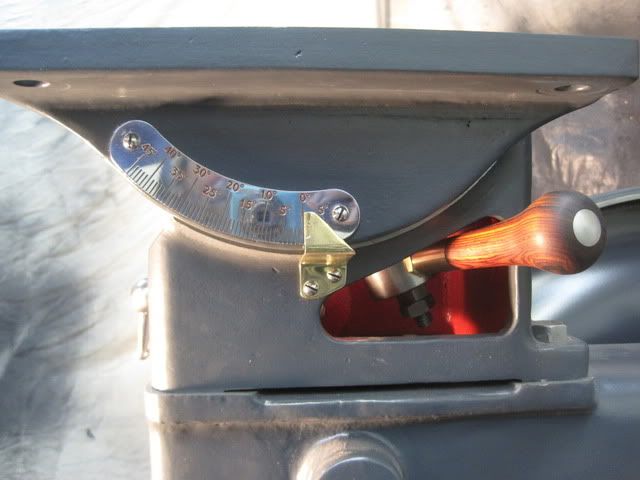andersonec
Established Member
Oh for a bandsaw with a table like this one to combat drift..
http://www.youtube.com/watch?v=IAFMEg0H ... re=related
http://www.youtube.com/watch?v=IAFMEg0H ... re=related

condeesteso":2uveay2z said:watched the first half - a rotating table, wow. Strikes me as gross over-engineering to resolve a simple issue, but if the fence track is fixed (non-adjustable) then I suppose so.
I cannot recall ever having to adjust the fence clockwise (into blade) - it always needs to be a little away from the blade in my experience.
Absolutely not! It is quite possible to have the fence square to the table AND be drift-free. The whole point of eliminating drift is to achieve this situation. Compensating for drift, which is what you do if you simply twist the fence to match the drift, is always a second-best solution, even though it is widespread practice and even recommended by some writers.condeesteso":24g5yibn said:One golden and certain rule I think is that fence set square to table will never be right and you will always get drift. .











RogerP":8pjzf9hl said:It's easy enough to account for blade drift during rip cuts by adjusting the fence but the big advantage of a rotating table is that the sliding crosscut square will also be accurate.
woodaxed":8pjzf9hl said:I dont have a problem with drift, that machine looks a complicated way of correcting something simple and the more complicated a machine is the more to go wrong with it
Steve Maskery":xl5ui1bb said:Absolutely not! It is quite possible to have the fence square to the table AND be drift-free. The whole point of eliminating drift is to achieve this situation. Compensating for drift, which is what you do if you simply twist the fence to match the drift, is always a second-best solution, even though it is widespread practice and even recommended by some writers.condeesteso":xl5ui1bb said:One golden and certain rule I think is that fence set square to table will never be right and you will always get drift. .
It is MUCH better to eliminate drift and still cut straight and true and it is not actually difficult to achieve this. I have yet to find a bandsaw that I've not been able to fettle like this, although I do accept that others claim that theirs is not de-driftable.
S
condeesteso":202uh9hd said:) but anyone care to explain why ignoring the table orientation and setting fence parallel to blade (I mean a degree max say) is wrong?
Enter your email address to join: